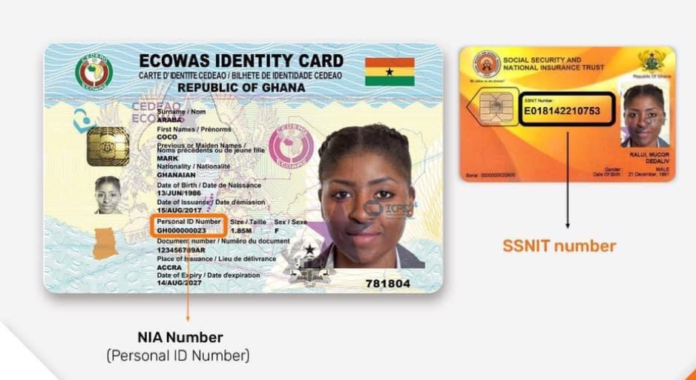
The Social Security and National Insurance Trust (SSNIT) says it has made a ¢60 million savings after halting the printing of the SSNIT biometric cards for members since 2018.
The Director-General of SSNIT, Dr. John Ofori-Tenkorang, indicated the adoption of the Ghana Card by SSNIT has been of tremendous benefit in its operations.
He spoke at the 6th regional meeting of SSNIT in Kumasi.
SSNIT has currently merged the identities of more than 1.9 million Ghanaians to the Ghana Card.
Explaining how the Ghana Card has saved eliminated the cost of printing SSNIT cards, the Director-General said “The card alone was costing us about US$7.1 (GHS67) for one, but since we stopped printing cards, we have signed on about 1.2 million people. Basically, when we stopped printing cards, we’ve saved about GHS60 million,” he revealed.
Cost Effective
Meanwhile, the Ghana Card, issued by the NIA, has proven to be a more cost-efficient alternative. SSNIT only spent GHS3 million (about $507,000) to enrol 30 million people on the NIA database, which is just 5% of what it used to spend on printing separate cards.
The projected savings were delightful, but the decision to use the Ghana Card instead of the biometric insurance card wasn’t just about the money the agency could save.
The CEO said the integration will be instrumental in speeding up the handling of pension-related files, easing banking transactions, registering land titles and SIM cards, reducing the event of fraud, and improving access to some social services.
Currently, only the Ghana Card is needed to register SIM cards in Ghana and the Electronic Commission is also pushing to make it the only document required for voter registration.
Meanwhile, government is also working to make the Ghana Card recognized as an international travel document.










